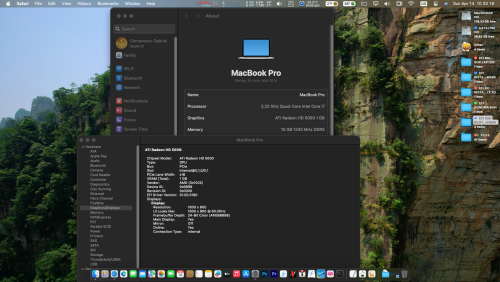Reliable sources have disclosed that ATI's next generation high end GPU, the R600, will in fact have 64 physical pipelines. This, coupled with a 512 bit GDDR4 memory interface, a unified shader architecture, and high clock frequencies could put NVIDIA's G80 [a "dis-unified" GPU] in some big trouble. To put this into perspective, the R600 is expected to be an advanced version of the Xbox360's R500 Xenos GPU, which only has 48 physical pipelines. In addition, the R600 will be fully DirectX 10 compatible, meaning it will include Shader Model 4.0 support and run all of the best looking next generation video games as well as run DirectX 9.0 video games faster.
On a side note, these developments bring back the doubts I have about the new Intel Macs becoming a great gaming platform. Sure, transferring to the x86 architecture might make developing/porting games to Macs more feasible, but what happens when your platform cannot support the latest developments in graphics technology standards?
Upcoming games will soon begin taking advantage of the latest capabilities DirectX 10 hardware has to offer, but while DirectX development has been making leaps and bounds, what about OpenGL? OpenGL was originally intended for CAD applications only, and even with the latest OpenGL 2.0 and available add-on extensions, OpenGL has yet to implement a DirectX 10 / Shader Model 4.0 equivalent instruction-set. In addition, next generation games are expected to start using physics acceleration, and while Microsoft has already announced plans to develop a “DirectPhysX” type of library, I’ve yet to hear of a “OpenPL” project.
So unless Microsoft decides to port DirectWhatever to OS X, it seems that Mac gaming has just been out-monopolized once again.









Recommended Comments